Home>Interior Design>How To Get Rid Of Pantry Moths: Pest Control Experts Explain
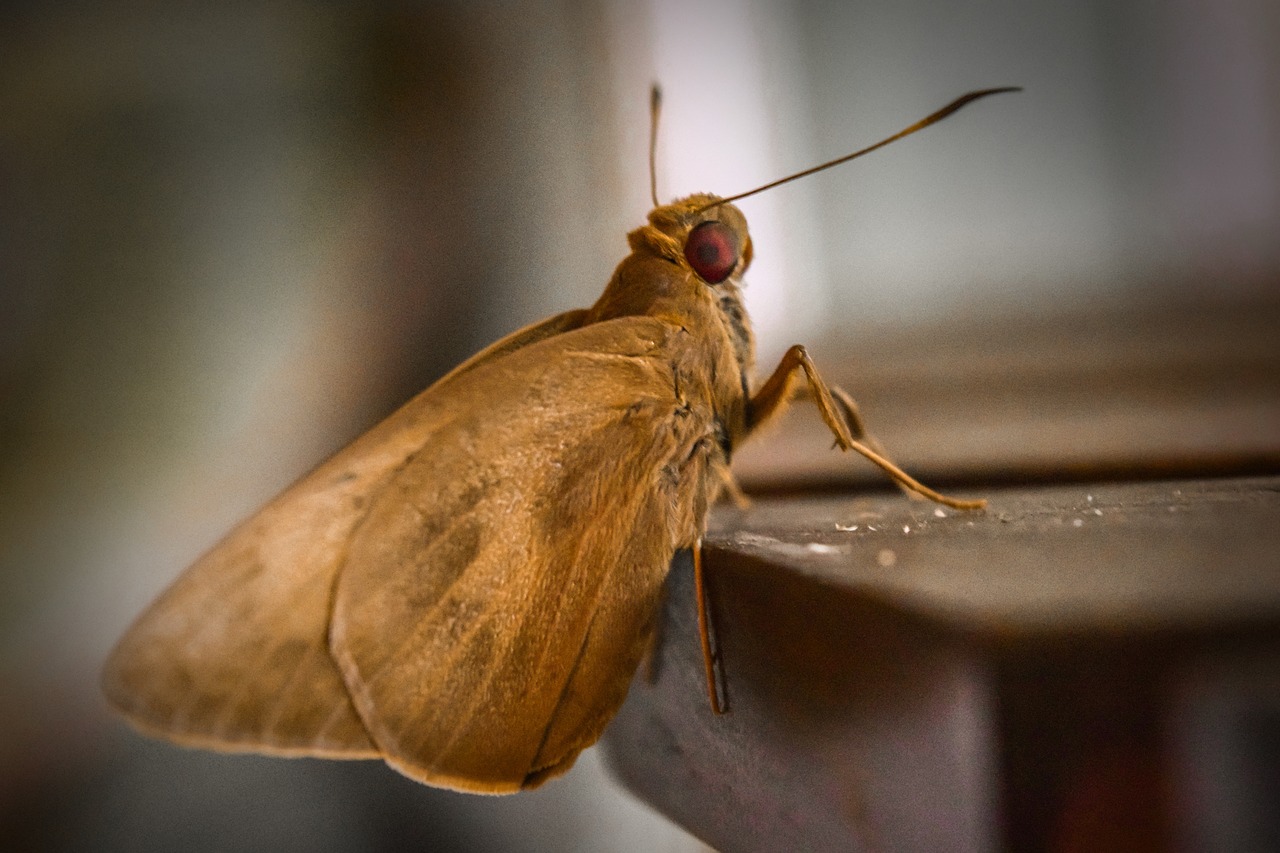

Interior Design
How To Get Rid Of Pantry Moths: Pest Control Experts Explain
Modified: February 26, 2024
Learn how to effectively eliminate pantry moths from your home with expert pest control tips. Get rid of these pesky pests with the help of interior design professionals.
(Many of the links in this article redirect to a specific reviewed product. Your purchase of these products through affiliate links helps to generate commission for Storables.com, at no extra cost. Learn more)
Introduction
Pantry moths can be a frustrating and persistent problem for homeowners. These small pests, also known as Indian meal moths, can infiltrate your kitchen and infest your pantry, causing damage to your stored food items. If left unchecked, pantry moth infestations can quickly spread and become a major headache to deal with.
Understanding pantry moths and the importance of getting rid of them is essential in maintaining a clean and pest-free home. In this article, we will explore the identification and prevention of pantry moth infestations, as well as effective methods for getting rid of these pesky insects and keeping them at bay.
Key Takeaways:
- Proper identification and prevention of pantry moth infestations, along with regular cleaning and inspection, are crucial in maintaining a pest-free pantry and safeguarding stored food items from contamination.
- Implementing natural repellents, such as cedar chips and bay leaves, along with utilizing pheromone traps, can help deter pantry moths and aid in monitoring and controlling infestations effectively.
Understanding Pantry Moths
Pantry moths, or Indian meal moths (Plodia interpunctella), are common household pests that are attracted to stored food items. These insects lay their eggs on food surfaces, and when the eggs hatch, the larvae start feeding on the food. This feeding can contaminate the food and cause it to become inedible.
One of the key characteristics of pantry moths is their ability to reproduce rapidly. A female pantry moth can lay up to 400 eggs at a time, leading to a quick population explosion if the infestation is not addressed promptly. Their lifespan ranges from 30 to 300 days, depending on environmental conditions.
Another important aspect of pantry moths is their preference for certain types of food. They are particularly attracted to dried fruits, cereals, nuts, rice, pasta, flour, and other grains. These food items serve as a source of nutrition and a place for the larvae to develop.
Pantry moth infestations can often go unnoticed until you discover larvae or webbing in your food or notice the adult moths flying around. It’s essential to act quickly upon detection to minimize the damage to your stored food and prevent the infestation from spreading to other areas of your home.
Understanding the life cycle and behavior patterns of pantry moths is crucial in effectively combating their presence. By doing so, you can implement targeted strategies to eliminate them and prevent future infestations.
The Importance of Getting Rid of Pantry Moths
Dealing with pantry moths may seem like a nuisance, but it is essential to take immediate action to eliminate them from your home. Here’s why it’s crucial to get rid of pantry moths:
- Protecting your food: Pantry moths can contaminate your stored food with their eggs and larvae, rendering it inedible. Consuming infested food can pose health risks, such as digestive issues and foodborne illnesses. By eliminating the moths, you safeguard the quality and safety of your food.
- Preventing further damage: If left unchecked, pantry moth infestations can quickly spread to other areas of your home. These pests can chew through packaging, creating entry points for other insects and rodents. By eliminating the moths early on, you prevent additional damage to both your pantry and your home.
- Preserving your pantry: Pantry moths can leave behind webbing and fecal matter, which can contaminate your pantry shelves and storage areas. This can lead to unsightly stains, unpleasant odors, and the need for deep cleaning. By getting rid of the moths, you preserve the cleanliness and integrity of your pantry space.
Identification and Prevention
Identifying pantry moth infestations early on is crucial in preventing further damage and quickly resolving the issue. Here are some key steps in identifying and preventing pantry moth infestations:
- Inspect your pantry: Regularly check your pantry for signs of infestation, such as webbing, larvae, or adult moths. Pay attention to any unusual odors or discoloration in your stored food.
- Seal your food: Ensure that all food items are stored in airtight containers to prevent pantry moths from accessing them. Ziplock bags, glass jars, or plastic containers with tight-fitting lids are ideal options.
- Proper storage: Store vulnerable food items, such as grains and cereals, in the refrigerator or freezer to deter pantry moths. Alternatively, consider vacuum-sealing them to prevent infestation.
- Clean your pantry: Regularly clean your pantry shelves, removing any spilled food particles or crumbs that may attract pantry moths. Vacuuming or wiping down shelves with a cleaning agent can help eliminate potential egg-laying sites.
- Monitor incoming groceries: Inspect any new food items before placing them in your pantry. Look for signs of infestation and avoid purchasing damaged or open packages.
By being proactive in identification and prevention, you can significantly reduce the risk of pantry moth infestations in your home. In the next section, we will explore effective methods for getting rid of existing pantry moth infestations.
Identifying Pantry Moths
In order to effectively combat a pantry moth infestation, it is important to be able to identify these pests. Here’s how you can identify pantry moths:
- Adult Moths: The adult pantry moth has a wingspan of about 5/8 to 3/4 inches. They are typically reddish-brown in color with a gray or coppery hue. When at rest, pantry moths fold their wings together, creating a triangular shape on their backs.
- Larvae: The larvae of pantry moths are caterpillar-like in appearance and can grow up to 1/2 inch in length. They are typically off-white or pale yellow in color with a brown head. If you see small white worms or larvae crawling in your stored food items, it is a clear indication of pantry moth infestation.
- Webbing and Cocoon: Another sign of pantry moth infestation is the presence of silky webbing in your pantry. Pantry moths use this webbing to create cocoons to pupate. Look out for white, thread-like material among your stored food items or on pantry shelves.
- Adult Moth Activity: If you notice adult moths flying around your kitchen or pantry, especially near your stored food items, it is a strong indication of a pantry moth infestation. These moths are attracted to light and can commonly be seen flying around during the evening or nighttime.
It is important to note that pantry moths can infest various types of food items, including grains, cereals, nuts, dried fruits, and even pet food. Therefore, it is crucial to inspect all stored food items thoroughly to identify any signs of infestation.
If you suspect a pantry moth infestation in your home, it is essential to take immediate action to prevent further damage and eliminate the pests. In the next section, we will discuss common areas of infestation and how to prevent pantry moth infestations.
Read more: How To Get Rid Of Moths In Wardrobe
Common Areas of Infestation
Pantry moths can be found in various areas of your home, but they are most commonly found in the kitchen and pantry. Understanding the common areas of infestation can help you target your efforts in getting rid of pantry moths. Here are some areas to pay attention to:
- Pantry Shelves: Pantry shelves are the primary location where pantry moths infest. They are attracted to stored food items such as grains, cereals, and baking supplies. Check all the shelves in your pantry for signs of infestation, including webbing, larvae, and adult moths.
- Food Storage Containers: Pantry moths can easily infiltrate improperly sealed or damaged food storage containers. Inspect all your food storage containers, including jars, bags, and boxes, for signs of infestation. Ensure that any damaged containers are discarded and replaced.
- Cabinets and Drawers: Pantry moths can also hide in cabinets and drawers near your pantry. Check these areas for signs of infestation, especially if they are in close proximity to the infested pantry or if you have seen adult moths flying around these areas.
- Cracks and Crevices: Pantry moths can squeeze into tiny cracks and crevices in your kitchen or pantry. Inspect the walls, ceilings, and corners of your pantry for any small openings or gaps where pantry moths could be hiding or laying eggs.
It is important to thoroughly clean and inspect all these areas to ensure that you eliminate all potential sources of infestation. Remove all infested food items and sanitize the affected areas to prevent re-infestation. Additionally, take preventive measures to avoid attracting pantry moths in the future.
Next, we will discuss prevention strategies to help you keep pantry moths at bay and maintain a pest-free pantry.
Preventing Pantry Moth Infestation
Prevention is key when it comes to pantry moth infestations. By implementing the following measures, you can significantly reduce the risk of an infestation in your pantry:
- Proper Food Storage: Store all food items in airtight containers to prevent pantry moths from accessing them. This includes grains, cereals, nuts, dried fruits, and other susceptible items. Opt for glass or plastic containers with tight-fitting lids to seal off any potential entry points.
- Maintain Cleanliness: Regularly clean your pantry by wiping down shelves and vacuuming any crumbs or spilled food. Pay attention to corners, cracks, and crevices where pantry moths could hide or lay eggs. Eliminating food debris and maintaining cleanliness reduces the likelihood of attracting these pests.
- Inspect New Purchases: Before bringing food items into your pantry, thoroughly inspect them for signs of infestation. Check for damaged packaging, webbing, or visible larvae. Avoid purchasing items that appear compromised, as they may introduce pantry moths into your pantry.
- Rotate Food Stock: Practice the first-in, first-out (FIFO) method when using your stored food items. By regularly rotating your stock, you ensure that older items are used first, reducing the chances of them becoming infested over time.
Getting Rid of Pantry Moths
If you already have a pantry moth infestation, it is crucial to take immediate action to eliminate them. Here are steps you can take to get rid of pantry moths:
- Remove Infested Food Items: Inspect all food items in your pantry and discard any that show signs of infestation. Be thorough in your examination, checking for webbing, larvae, or adult moths. Seal the infested items in a plastic bag before disposing of them to prevent further contamination.
- Deep Clean the Pantry: Empty your pantry and thoroughly clean all surfaces with hot soapy water or a vinegar solution. Pay close attention to shelves, corners, and cracks where pantry moths may have laid eggs. Wipe down jars, cans, and other containers before returning them to the pantry.
- Vacuum and Wipe Down Shelves: Use a vacuum with a narrow attachment to remove any food particles, webbing, or larvae that may be hiding on pantry shelves. Once you have vacuumed, wipe down the shelves with a sanitizing solution to eliminate any remaining traces of pantry moths.
- Use Natural Remedies: Consider using natural remedies to repel pantry moths. These include placing cedar chips, bay leaves, or lavender sachets in your pantry. Pantry moths are repelled by the strong scent of these natural substances, helping to deter their presence.
- Chemical Pesticides: In severe infestations, you may need to resort to chemical pesticides. Consult with a pest control expert to determine the best and safest pesticide to use in your pantry. Always follow the instructions carefully and take necessary precautions to avoid contamination of your stored food.
By implementing these measures and being diligent in your efforts, you can successfully get rid of pantry moths and prevent future infestations. In the next section, we will discuss how to maintain a moth-free pantry.
Removing Infested Food Items
When dealing with a pantry moth infestation, one of the first steps is to identify and remove any infested food items. Removing infested food items is crucial in stopping the breeding cycle and preventing further damage to your stored provisions. Here’s how to effectively remove infested food items:
- Inspect all food items: Take the time to carefully inspect each food item in your pantry. Look for signs of infestation such as webbing, larvae, or adult moths. Pay close attention to grains, cereals, nuts, dried fruits, and any other susceptible food items.
- Discard infested items: If you find any food items that are infested, it is essential to discard them immediately. Place the infested items into a sealed plastic bag to prevent any further spread of the moths. Dispose of the bag outside your home to avoid re-infestation.
- Check unopened packages: Pantry moths can sometimes find their way into unopened packages. Inspect unopened boxes, bags, or cans for any signs of infestation. If you suspect an unopened package may be infested, it is best to discard it to prevent the spread of the moths.
- Sanitize affected areas: After removing the infested food items, thoroughly clean and sanitize your pantry shelves. Use hot soapy water or a vinegar solution to wipe down all surfaces. This will help remove any remaining eggs, larvae, or webbing from your pantry.
- Double-check neighboring food items: Even if a neighboring food item doesn’t show immediate signs of infestation, it’s worth double-checking it for hidden larvae or webbing. Pantry moths can easily spread from one food item to another, so be cautious when determining which items to keep.
By taking the time to inspect and remove all infested food items, you can effectively stop the pantry moth infestation from spreading and minimize the potential damage. Once you have removed the infested items, it’s time to thoroughly clean and sanitize your pantry, as discussed in the next section.
To get rid of pantry moths, thoroughly clean and vacuum your pantry, dispose of infested food, and use pheromone traps to catch any remaining moths. Keep all food in airtight containers to prevent reinfestation.
Read more: How To Get Rid Of Moths In Closet
Deep Cleaning the Pantry
After removing the infested food items from your pantry, it is crucial to deep clean the area to eliminate any remaining pantry moths and prevent re-infestation. Deep cleaning the pantry involves thorough sanitization and removal of any traces of pantry moths. Here’s how to effectively deep clean your pantry:
- Empty the pantry: Remove all remaining food items from your pantry shelves. Place them in a separate area, inspecting each item for signs of infestation before returning them to the pantry.
- Remove shelves and liners: If possible, remove the shelves from your pantry to access all corners and crevices. Take out any shelf liners and discard them, as they may harbor pantry moth eggs or larvae.
- Vacuum the pantry: Use a vacuum cleaner with a narrow attachment to thoroughly vacuum all surfaces of your pantry. Pay special attention to cracks, crevices, and corners where pantry moths and their eggs may be hiding. Be sure to empty the vacuum bag or canister afterward to prevent the insects from re-infesting.
- Wipe down shelves and walls: Use a mixture of hot soapy water or a vinegar solution to wipe down all pantry shelves and walls. This will help remove any remaining traces of eggs, larvae, or webbing. Pay attention to all surfaces, including the undersides of shelves and the corners of the pantry.
- Clean containers and jars: Before returning your food items to the pantry, clean and sanitize any containers or jars that may have come into contact with infested food. Wash them with hot, soapy water or run them through a dishwasher cycle to ensure they are thoroughly cleaned.
- Allow for airflow: After deep cleaning, allow your pantry to dry completely before restocking it with food items. Proper airflow helps prevent moisture buildup, which can attract pantry moths.
Deep cleaning your pantry plays a crucial role in eliminating any remaining pantry moths and their eggs, ensuring that you have a clean and moth-free pantry. Once your pantry is deep cleaned, it’s important to implement preventive measures to maintain a moth-free environment, as discussed in the next section.
Vacuuming and Wiping Down Shelves
Vacuuming and wiping down your pantry shelves are essential steps in getting rid of pantry moths and ensuring a clean and pest-free environment. These actions help remove any remaining eggs, larvae, or webbing that could lead to re-infestation. Here’s a step-by-step guide on vacuuming and wiping down your shelves effectively:
- Prepare your vacuum cleaner: Ensure that your vacuum cleaner is clean and in proper working condition. Attach a narrow nozzle or a brush attachment to reach into corners and crevices more easily.
- Vacuum the shelves: Starting from the top shelf, use the vacuum cleaner to thoroughly vacuum the surfaces of your pantry shelves. Pay close attention to the corners, seams, and edges where pantry moths may have laid eggs or left webbing. Be sure to move jars, cans, or other food containers to access all areas.
- Inspect as you vacuum: While vacuuming, inspect the shelves for any signs of infestation, such as webbing or larvae. If you come across infested items, discard them and double-check neighboring food items for potential contamination.
- Remove debris: As you vacuum, the cleaner may pick up loose food particles or debris. Empty the vacuum bag or canister regularly to prevent any pantry moth remnants from re-infesting your pantry.
- Wipe down the shelves: After vacuuming, use a mixture of hot soapy water or a vinegar solution to wipe down the shelves. Use a clean cloth or sponge to thoroughly clean all surfaces, including the undersides of shelves. Pay extra attention to any sticky residue or stains that may have been left behind by infested food items.
- Dry the shelves: Once you have wiped down the shelves, allow them to air dry completely before restocking your pantry. This helps prevent any moisture buildup that could attract pantry moths or other pests.
Vacuuming and wiping down your pantry shelves not only remove visible signs of pantry moth infestation but also eliminate any hidden traces that may lead to re-infestation. By incorporating this step into your pantry cleaning routine, you can help ensure a pest-free environment for your stored food items.
Using Natural Remedies to Repel Pantry Moths
If you prefer more natural methods to repel pantry moths, there are several options available that can help deter these pests without the use of chemicals. Here are some natural remedies you can try:
- Cedar Chips: Pantry moths dislike the scent of cedar. Place cedar chips or blocks in your pantry or hang cedar sachets near your stored food items. The strong aroma acts as a deterrent, helping to repel pantry moths.
- Bay Leaves: Pantry moths are also known to dislike the smell of bay leaves. Place a few bay leaves inside your pantry shelves and in your stored food containers. This will help keep pantry moths away from your food items.
- Lavender Sachets: Lavender has a pleasant fragrance that humans love but pantry moths find repulsive. Place lavender sachets or dried lavender near your pantry shelves and food items as an added natural deterrent.
- Essential Oils: Certain essential oils, such as peppermint, clove, or eucalyptus oil, are known to repel pantry moths. Soak cotton balls in the oil and place them strategically in your pantry. Be sure to refresh the drops when the oil’s scent wears off.
- Proper Ventilation: Pantry moths thrive in humid environments. Ensure that your pantry is well-ventilated to prevent excessive moisture buildup. Use a dehumidifier if needed to maintain optimal humidity levels and discourage pantry moth activity.
It’s important to remember that while natural remedies can help deter pantry moths, they may not completely eliminate an existing infestation. Therefore, it’s best to combine natural remedies with other pest control methods for effective results.
Additionally, while these natural remedies are generally safe, it’s still important to consider potential allergies or sensitivities to certain scents or oils. Always test a small area before using any substances, especially if you have household members with respiratory sensitivities or allergies.
By incorporating these natural remedies into your pest control approach, you can create an environment that is less attractive to pantry moths and help prevent future infestations.
Using Chemical Pesticides Effectively
While natural remedies can be effective in repelling pantry moths, sometimes a more aggressive approach is necessary to eliminate an existing infestation. Chemical pesticides can be a powerful tool in combating pantry moths, but it is important to use them safely and effectively. Here are some tips for using chemical pesticides effectively:
- Identify the right pesticide: Consult with a pest control professional or your local hardware store to identify the most appropriate pesticide for pantry moths. Different pesticides may have varying levels of effectiveness and may be formulated for specific areas or types of infestations.
- Read and follow instructions: Carefully read the instructions provided with the pesticide before use. Follow all safety precautions, including wearing protective gear such as gloves and a mask. Failure to use the pesticide as directed can lead to ineffective results or potential harm.
- Targeted application: Apply the pesticide directly to the affected areas and infested food items. Avoid spraying large areas unnecessarily, as this can increase exposure to chemicals and potentially contaminate your stored food. Be sure to pay extra attention to cracks, corners, and crevices where pantry moths may be hiding.
- Remove all food items: Prior to applying the pesticide, remove all food items from your pantry and place them in a safe and secure location away from the treatment area. This will help prevent contamination and ensure the safety of your stored provisions.
- Ventilate the area: After applying the pesticide, ensure that the treated area is well-ventilated. Open doors and windows to allow fresh air to circulate and facilitate the drying process. This helps dissipate any lingering chemical fumes and reduces the potential for exposure.
- Monitor for effectiveness: Regularly monitor your pantry for any signs of ongoing infestation. If you continue to see pantry moths or signs of activity after using the pesticide, consider contacting a pest control professional for further assistance.
It’s important to note that chemical pesticides should be used as a last resort and in combination with other preventive measures. Proper hygiene, regular cleaning, and good food storage practices are essential in maintaining a moth-free pantry.
Next, we will discuss how to maintain a moth-free pantry and prevent future infestations.
Read more: Pantry Moth How To Get Rid Of
Proper Food Storage Techniques
Proper food storage is essential in maintaining a moth-free pantry and preventing future infestations. By following these techniques, you can minimize the risk of attracting pantry moths and keep your stored food items safe:
- Use airtight containers: Store all your pantry staples, such as grains, cereals, nuts, and dried fruits, in airtight containers. This prevents pantry moths from accessing the food and laying eggs. Opt for containers with tight-fitting lids, such as glass jars or plastic bins, to seal off any potential entry points.
- Keep it clean: Regularly clean your pantry shelves and storage containers to remove any food debris or crumbs that may attract pantry moths. Wipe down shelves with hot soapy water or a sanitizing solution and ensure that containers are free from spills or residue.
- Inspect before storing: Before placing newly purchased food items in your pantry, inspect them for signs of infestation such as webbing, larvae, or adult moths. Avoid bringing any potentially contaminated items into your storage space.
- Choose secure packaging: When purchasing packaged food items, select those with secure packaging that is intact and undamaged. Avoid items with torn or open packaging, as pantry moths can easily enter and infest them.
- Rotate your stock: Practice the first-in, first-out (FIFO) method when using your stored food items. Consume older items first to ensure they are used before their expiration dates. This helps prevent food items from sitting in your pantry for extended periods, reducing the risk of infestation.
- Store vulnerable items in the refrigerator or freezer: Some food items, such as whole grains, flour, and nuts, are more susceptible to pantry moth infestation. Consider storing these items in the refrigerator or freezer, as low temperatures can deter and slow down the growth of pantry moth eggs or larvae.
Proper food storage techniques not only protect your stored provisions from pantry moths but also help maintain their freshness and quality. By implementing these practices consistently, you create an environment that is less attractive to pantry moths and reduces the risk of infestation.
In the next section, we will discuss the importance of regular pantry maintenance and monitoring for signs of re-infestation.
Regularly Checking and Cleaning the Pantry
Regularly checking and cleaning your pantry is crucial in maintaining a moth-free environment and preventing re-infestation. By incorporating the following practices into your routine, you can ensure that your pantry remains clean, organized, and free from pantry moths:
- Inspect your pantry: Set aside time on a regular basis to inspect your pantry for any signs of pantry moth activity. Look for webbing, larvae, adult moths, or any other indications of infestation. Pay attention to corners, cracks, and crevices where pantry moths may hide or lay their eggs.
- Remove and discard expired items: Regularly check the expiration dates of your food items and remove any that have expired. Discard them properly to prevent any potential infestation from spreading to other items in your pantry.
- Wipe down shelves and containers: During your routine inspections, take the opportunity to wipe down shelves and clean food storage containers. Use hot soapy water or a sanitizing solution to remove any spills, residue, or potential food sources that could attract pantry moths.
- Organize your pantry: Keep your pantry well-organized to minimize potential hiding spots for pantry moths. Use clear containers or labels to easily identify various food items. Arrange items by type or category, making it easier to locate and access them without disturbing the overall organization.
- Check for proper sealing: Regularly inspect the seals and lids of your food storage containers to ensure they are tightly closed. Pantry moths can easily access food if containers are not properly sealed, so make sure to address any damaged or ineffective closures promptly.
- Monitor stored food: Keep an eye on your stored food items for any signs of infestation. Watch out for webbing, larvae, or any changes in appearance, texture, or smell that could indicate contamination. Early detection allows for immediate action and minimizes the impact of any infestation.
Regularly checking and cleaning your pantry not only helps maintain a clean and organized space but also allows you to promptly address any signs of pantry moth activity. By staying vigilant, you can catch infestations early and prevent them from spreading to other areas of your home.
In the next section, we will discuss monitoring for signs of re-infestation and provide tips for preventing future pantry moth problems.
Monitoring for Signs of Re-infestation
Even after successfully eliminating a pantry moth infestation, it is essential to remain vigilant and monitor your pantry for signs of re-infestation. Pantry moths have a knack for finding their way back into your food storage areas, so it’s crucial to stay proactive. Here are some tips for monitoring your pantry and preventing re-infestation:
- Regular inspections: Continue to inspect your pantry on a regular basis, even after the infestation has been eradicated. Look for any signs of pantry moth activity, such as webbing, larvae, or adult moths. Pay attention to corners, cracks, or hidden areas where pantry moths could potentially hide or lay eggs.
- Use sticky traps: Place sticky traps or pheromone traps specifically designed for pantry moths in your pantry. These traps attract and capture adult moths, providing an early warning sign of any new infestation. Monitor the traps regularly to assess the level of pantry moth activity.
- Rotate or use stored food items: Regularly use and rotate your stored food items to minimize the chances of pantry moths infesting them. The principle of first-in, first-out (FIFO) helps ensure that items are consumed before they become susceptible to infestation.
- Stay vigilant while grocery shopping: When purchasing new food items, carefully inspect the packaging for any signs of pantry moth activity. Avoid purchasing products with torn or damaged packaging, as they could introduce pantry moths into your pantry.
- Keep a clean pantry: Regularly clean your pantry, wiping down shelves, and removing any food debris or spills. A clean pantry reduces the chances of attracting pantry moths. It also makes it easier to spot any signs of infestation during routine inspections.
By actively monitoring your pantry and being proactive in preventive measures, you can detect any signs of re-infestation early on and take immediate action. Remember, the key to preventing pantry moth problems is to maintain a clean and organized pantry space.
In the next section, we will provide additional tips for preventing future pantry moth problems and maintaining a pantry that is resilient against infestations.
Tips for Preventing Future Pantry Moth Problems
Preventing pantry moth problems requires proactive measures and consistent maintenance. By implementing the following tips, you can create a pantry that is resilient against pantry moth infestations:
- Store food properly: Use airtight containers to store your pantry staples, ensuring there are no entry points for pantry moths. This includes grains, cereals, nuts, dried fruits, and other susceptible items.
- Maintain cleanliness: Regularly clean your pantry, wiping down shelves, and removing any spilled food debris. Pay attention to cracks, corners, and hidden areas where pantry moths may lay their eggs.
- Inspect new purchases: Before bringing new food items into your pantry, inspect the packaging for any signs of infestation. Avoid purchasing products with damaged packaging or visible pests.
- Practice proper storage rotation: Use the first-in, first-out (FIFO) method for your stored food items. This ensures that older items are used first, reducing the chances of pantry moth infestation over time.
- Monitor for signs of infestation: Regularly inspect your pantry for signs of pantry moth activity, such as webbing, larvae, or adult moths. Catching infestations early allows for prompt action and prevents the spread of the pests.
- Consider natural repellents: Use natural deterrents like cedar chips, bay leaves, or lavender sachets to help repel pantry moths. These substances emit odors that pantry moths find unpleasant.
- Utilize pheromone traps: Place sticky traps or pheromone traps designed specifically for pantry moths in your pantry. These traps attract and capture adult moths, helping to monitor and control infestations.
Read more: How Do I Get Rid Of Bird Seed Moths
Conclusion
Pantry moth infestations are a common problem, but with proper knowledge and preventive measures, they can be effectively controlled. Understanding the behavior of pantry moths and implementing strategies such as proper food storage, regular cleaning, and monitoring can help ensure a pantry that is free from these pesky pests.
By following the tips provided in this article, you can prevent future pantry moth problems and maintain a clean and organized pantry. Remember to stay vigilant, inspect regularly, and take prompt action if any signs of infestation are detected.
With a proactive approach and awareness of effective pest control methods, you can enjoy a pantry that is free from pantry moth troubles and keep your stored food items safe and pest-free.
Frequently Asked Questions about How To Get Rid Of Pantry Moths: Pest Control Experts Explain
Was this page helpful?
At Storables.com, we guarantee accurate and reliable information. Our content, validated by Expert Board Contributors, is crafted following stringent Editorial Policies. We're committed to providing you with well-researched, expert-backed insights for all your informational needs.


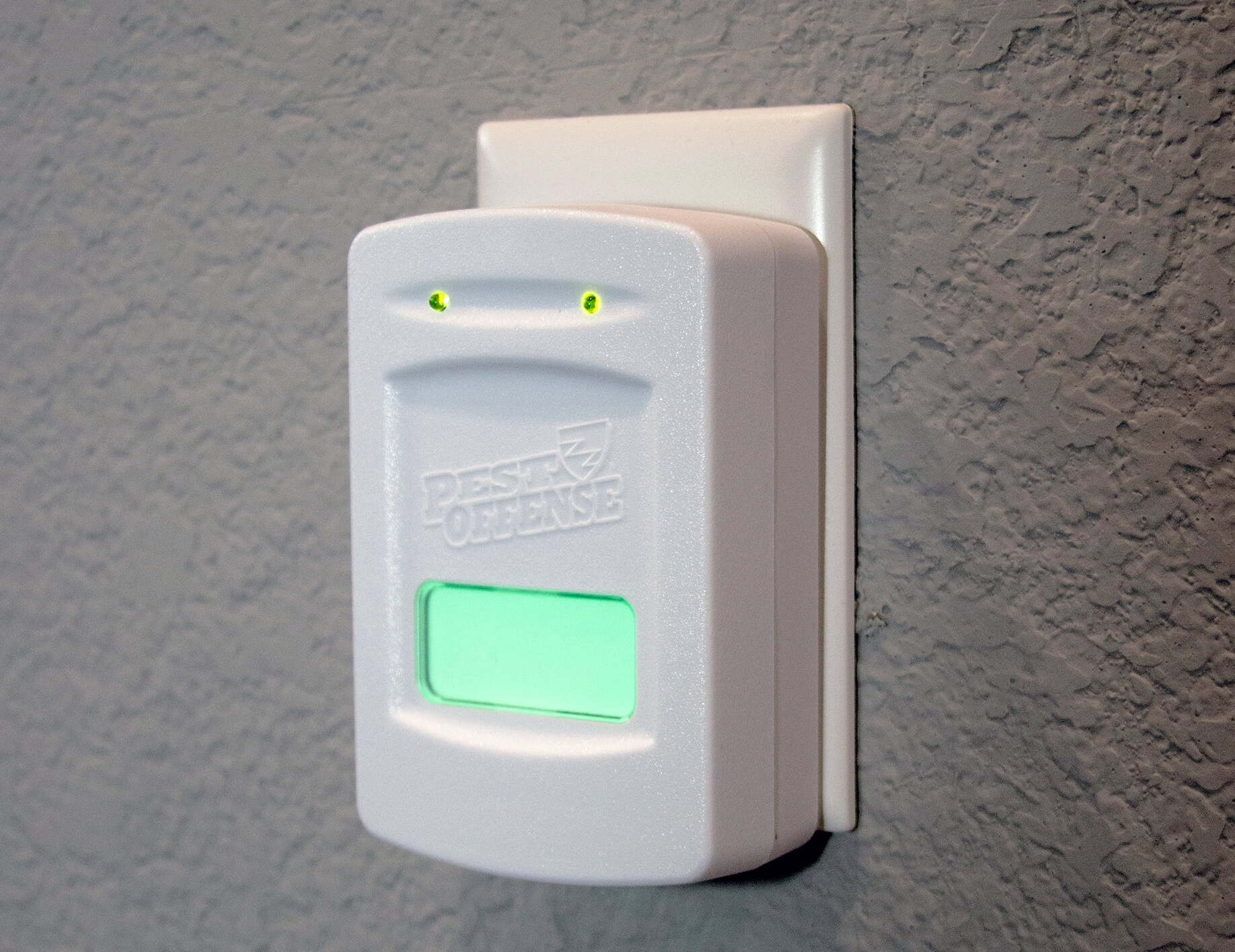
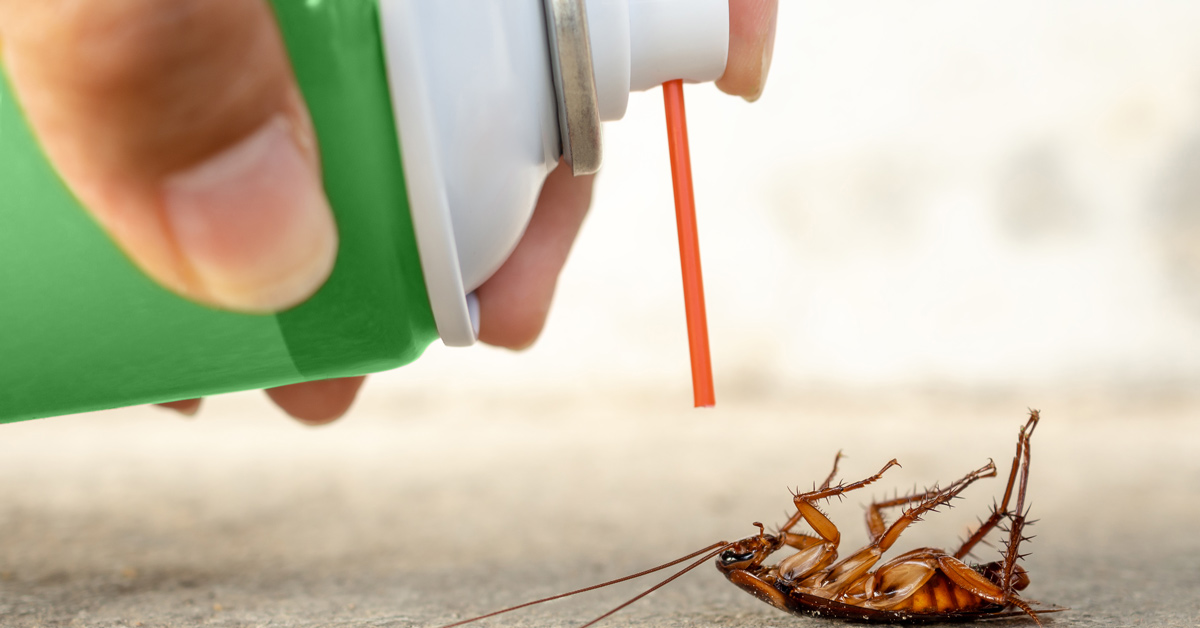

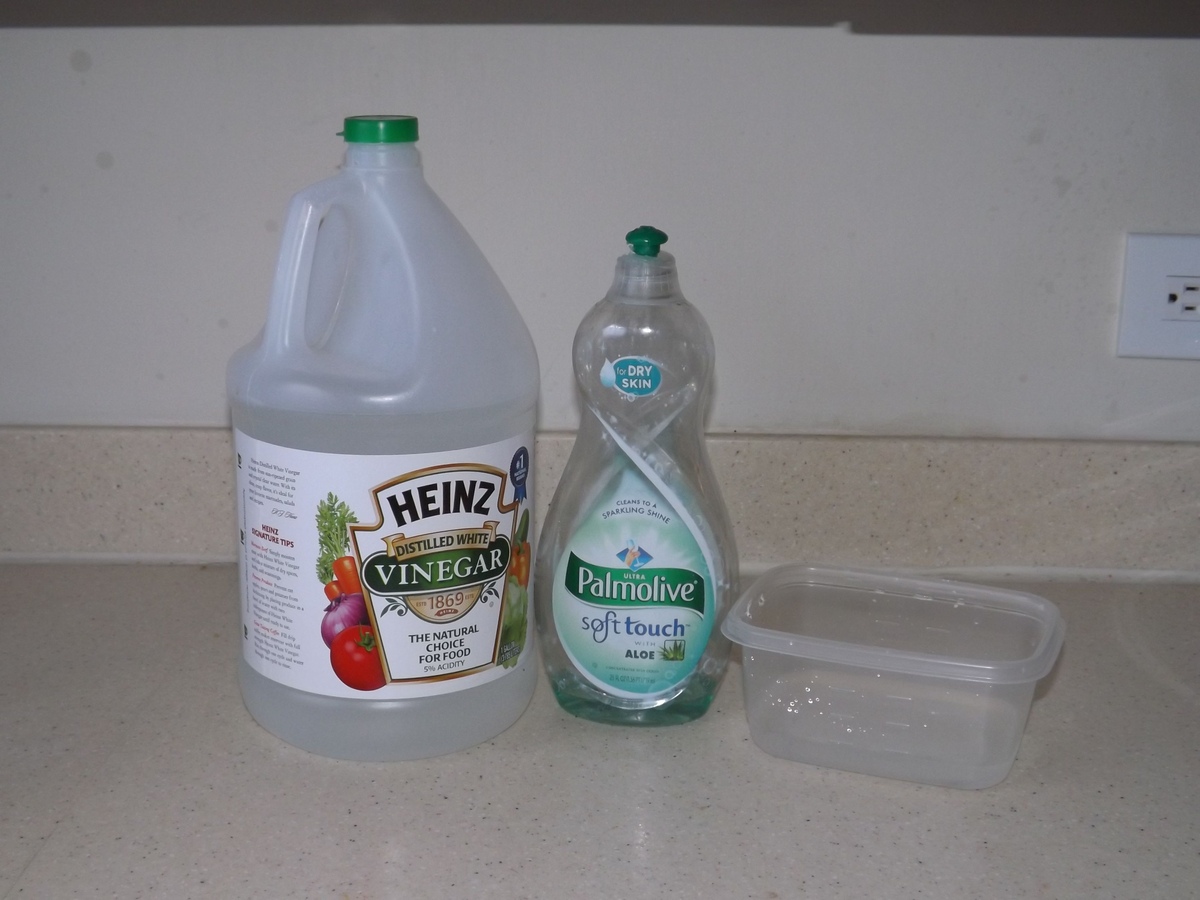
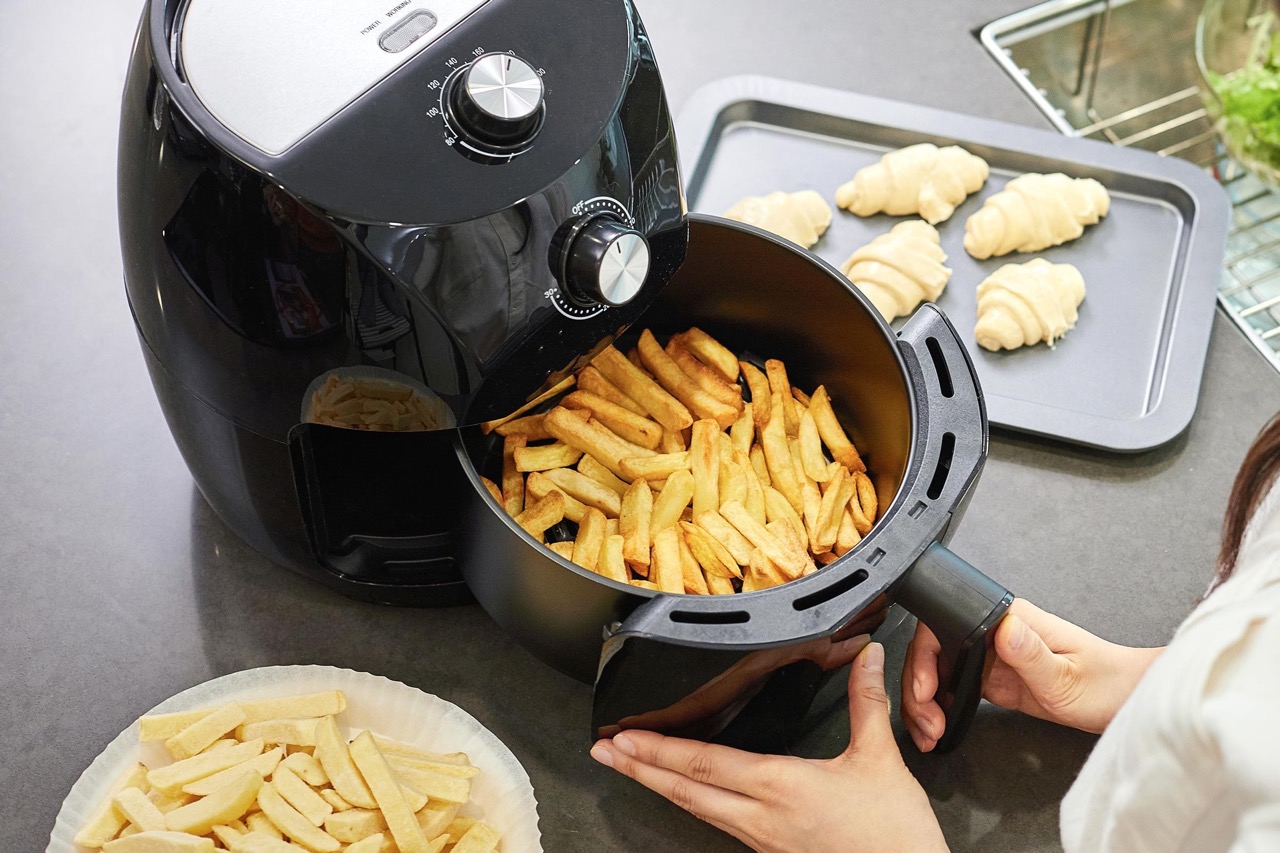
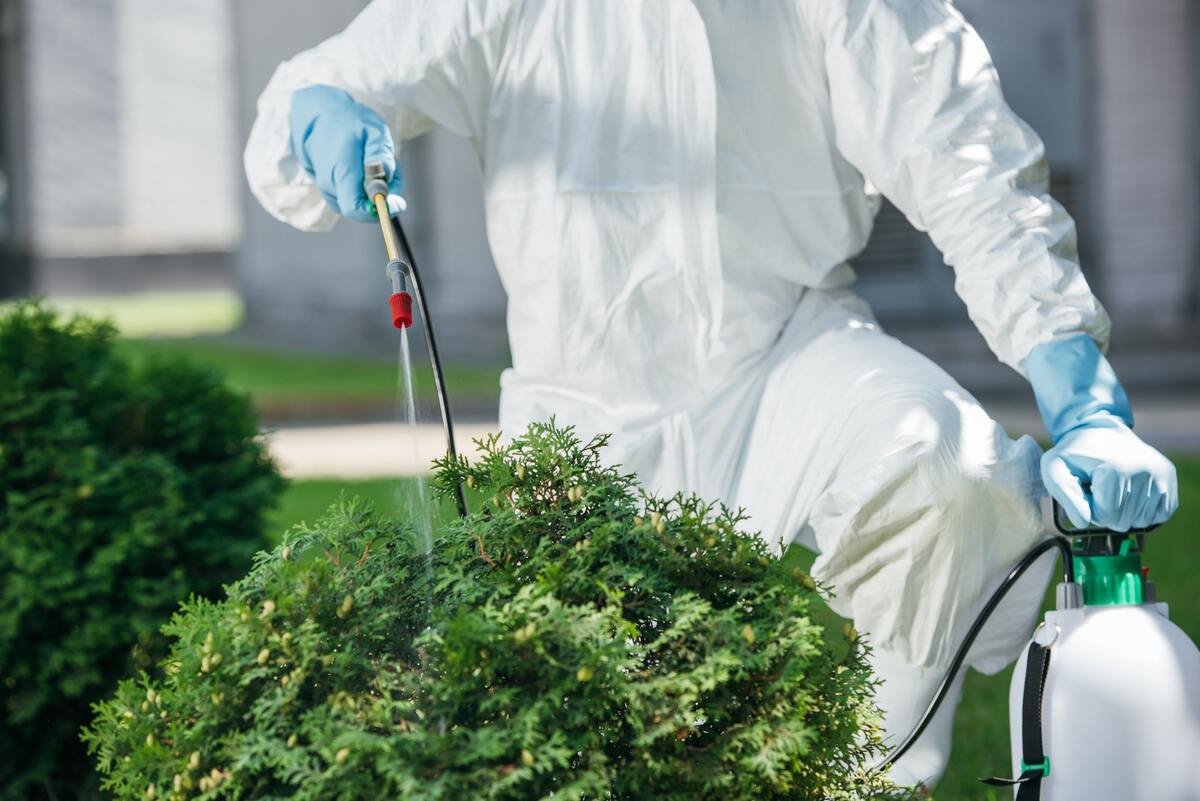
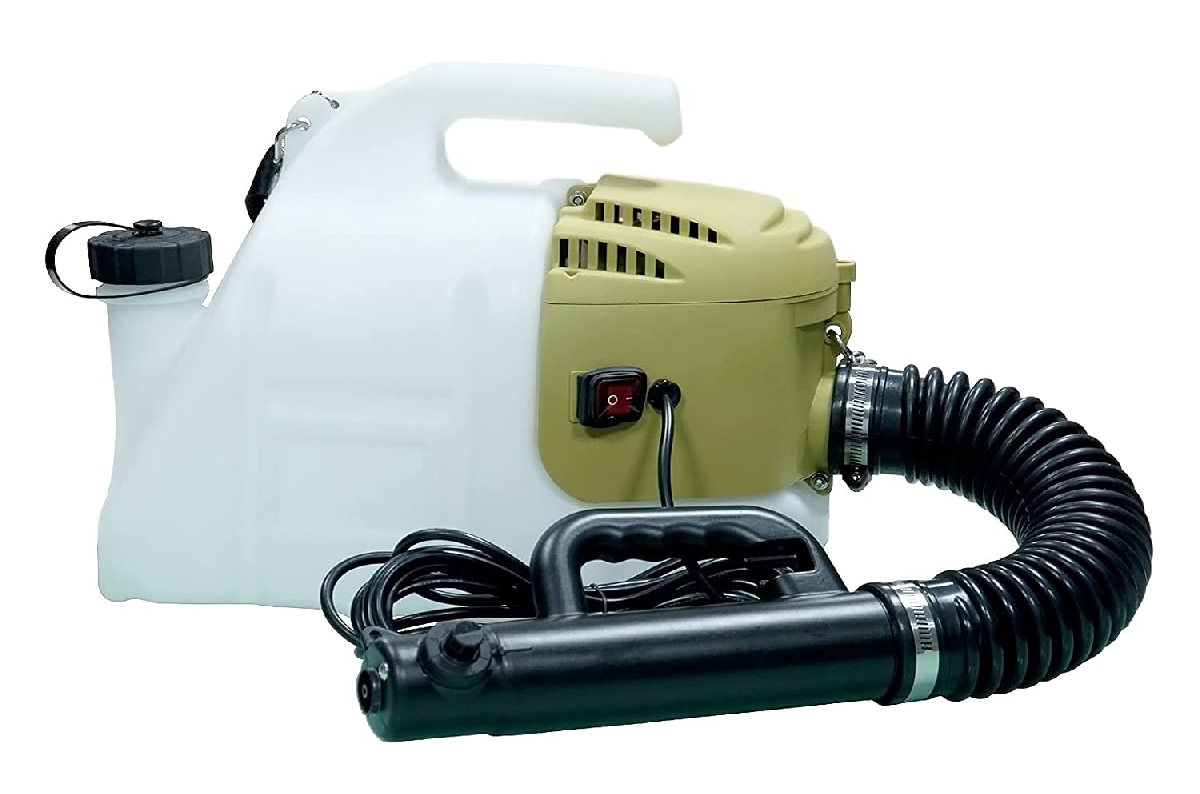



0 thoughts on “How To Get Rid Of Pantry Moths: Pest Control Experts Explain”